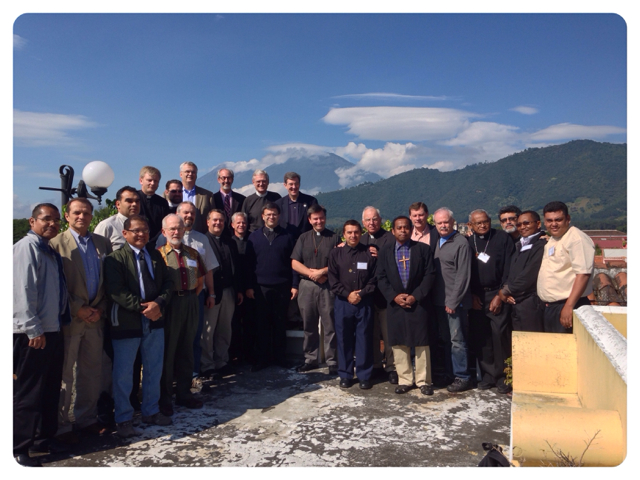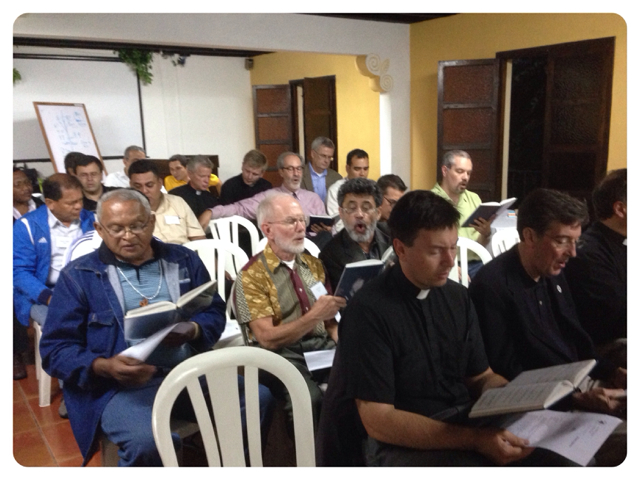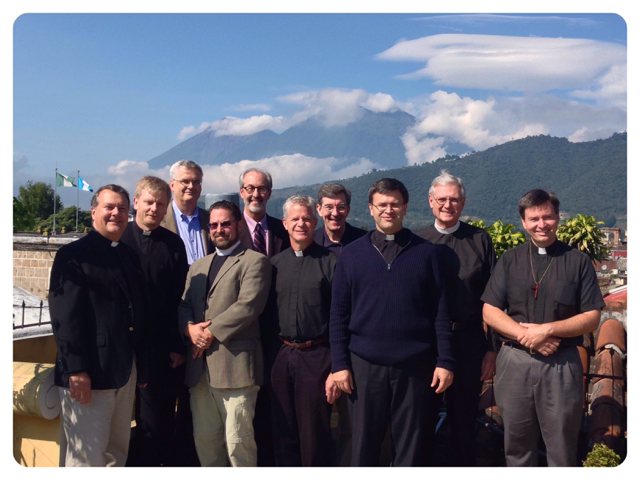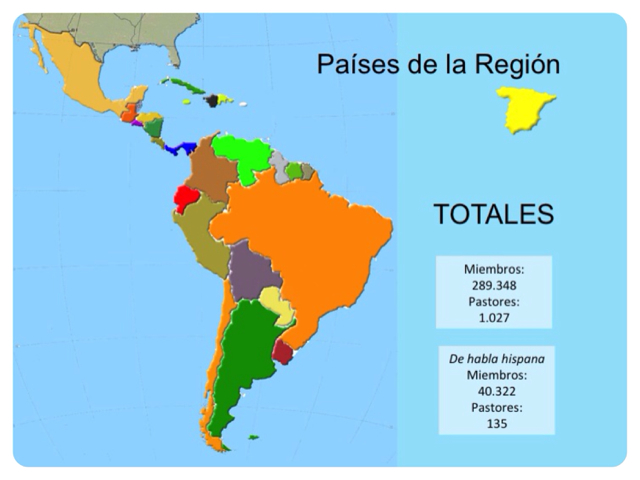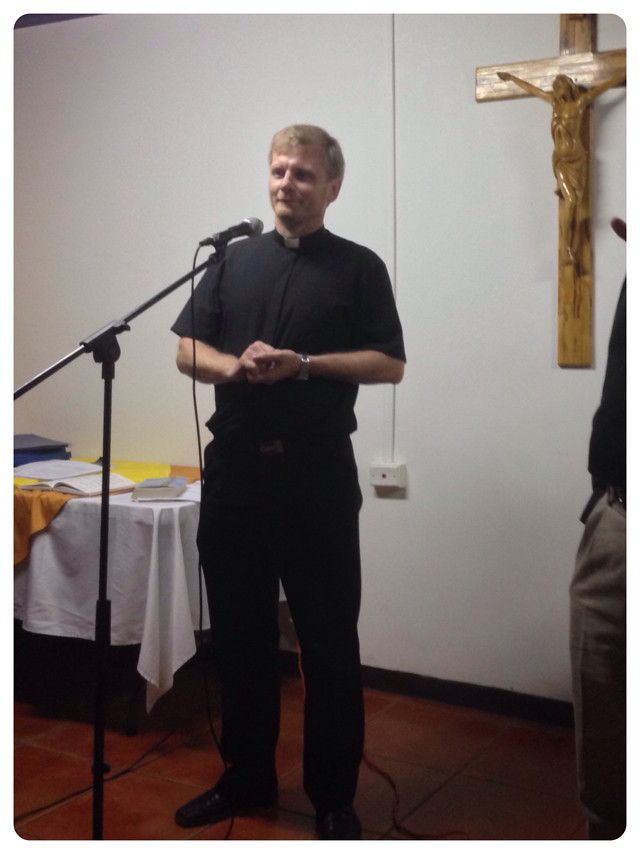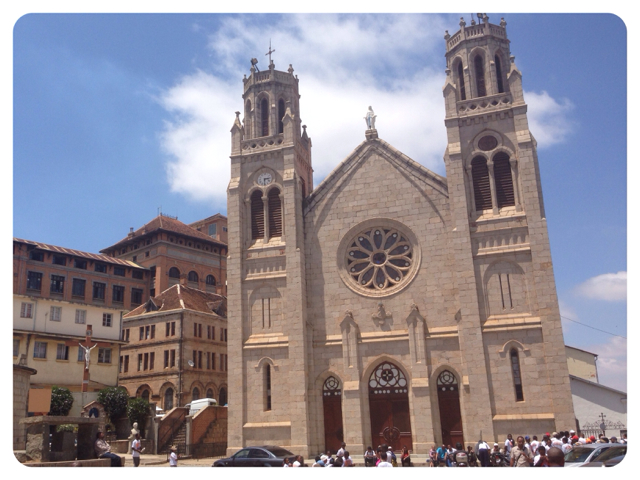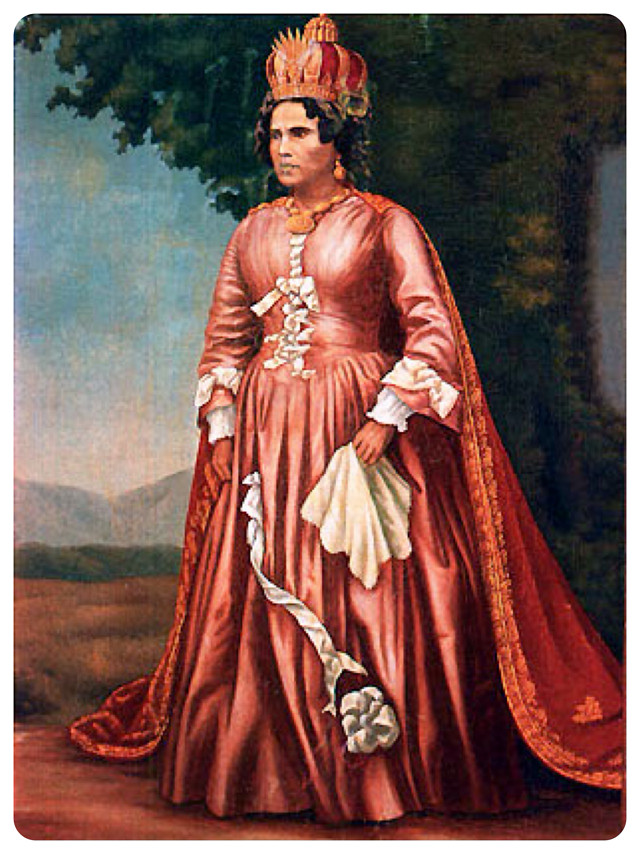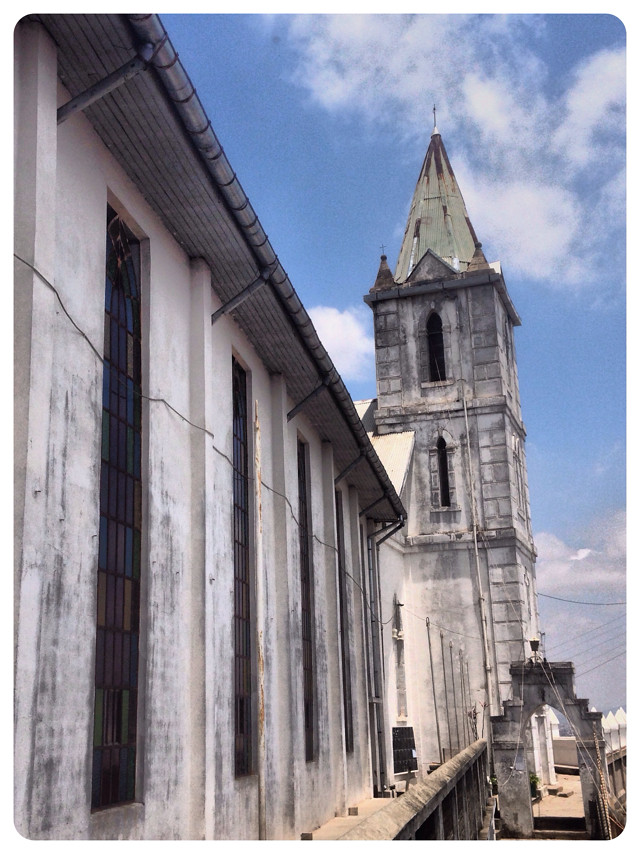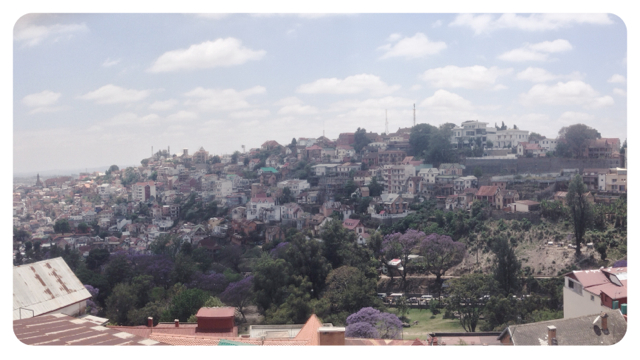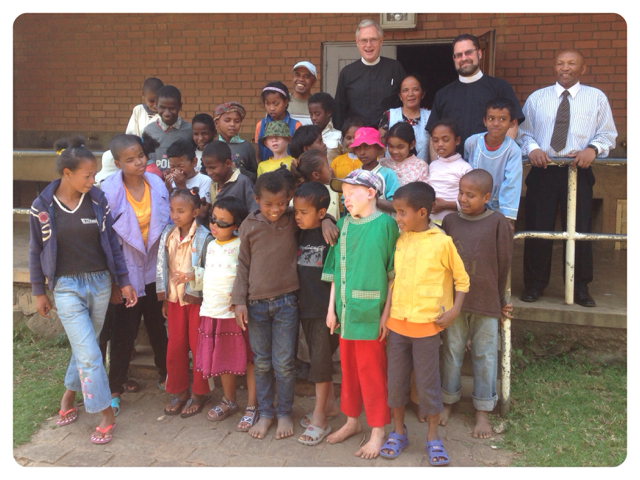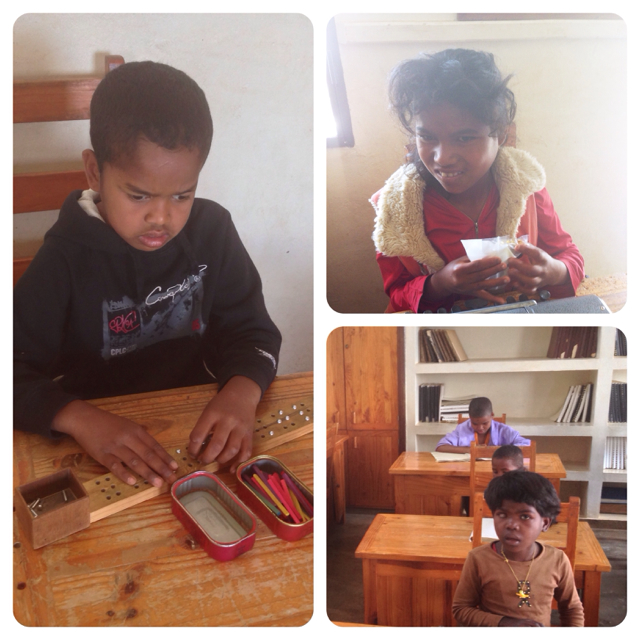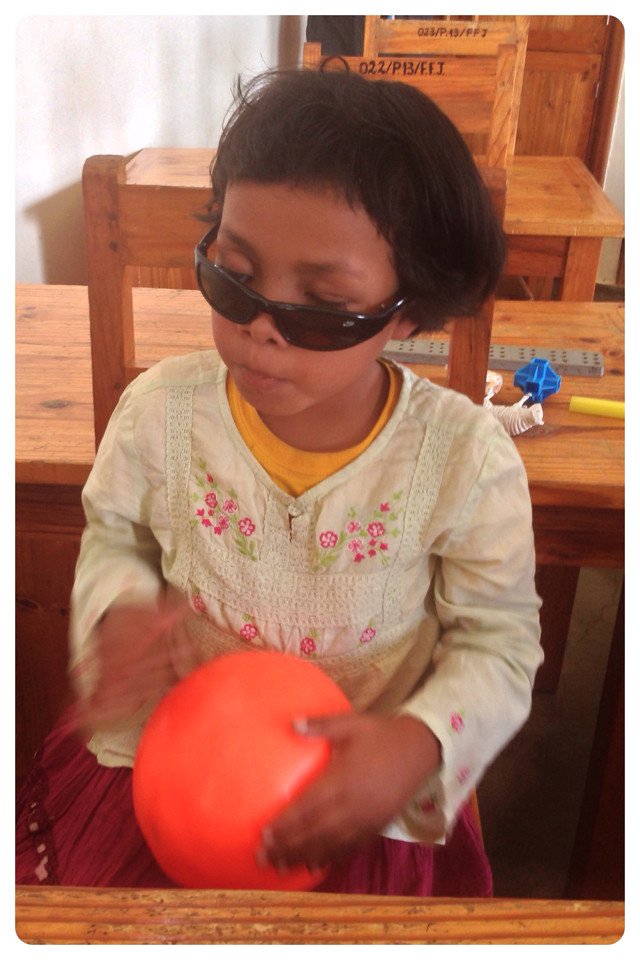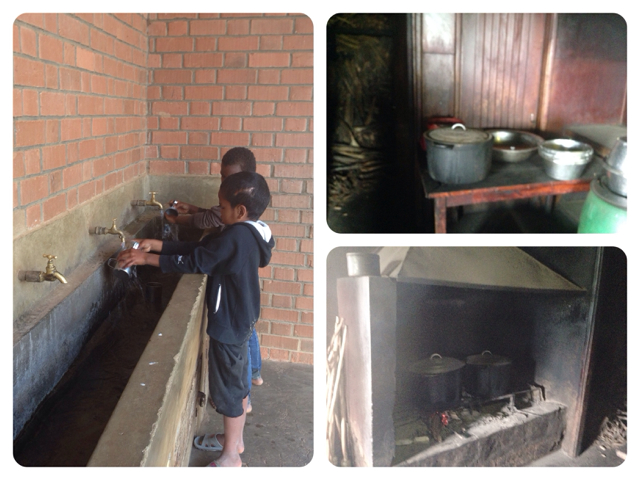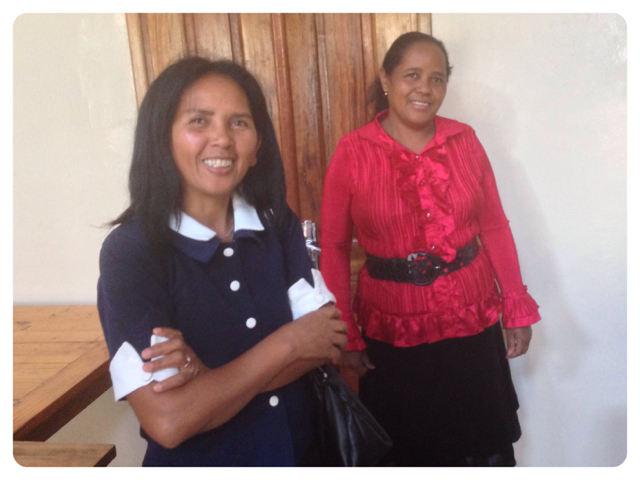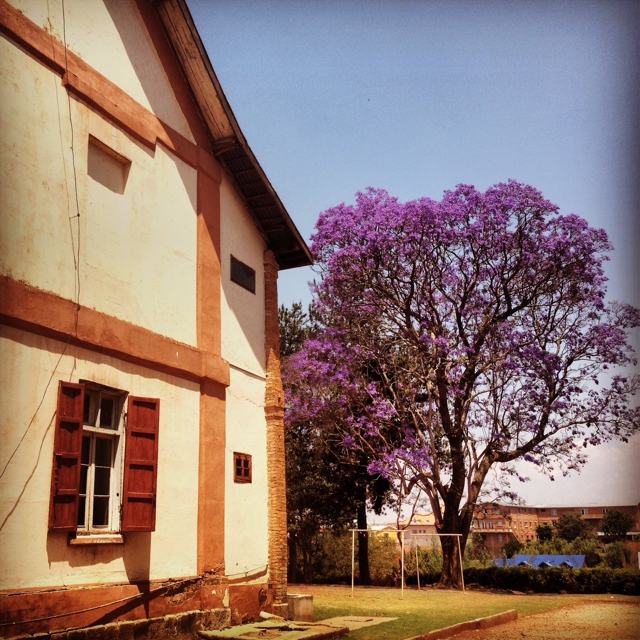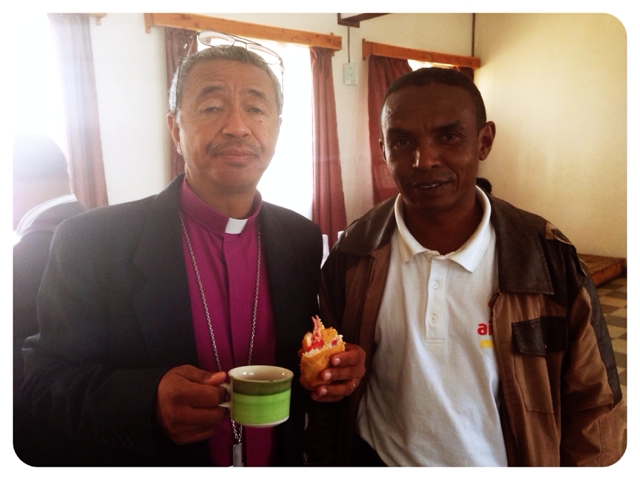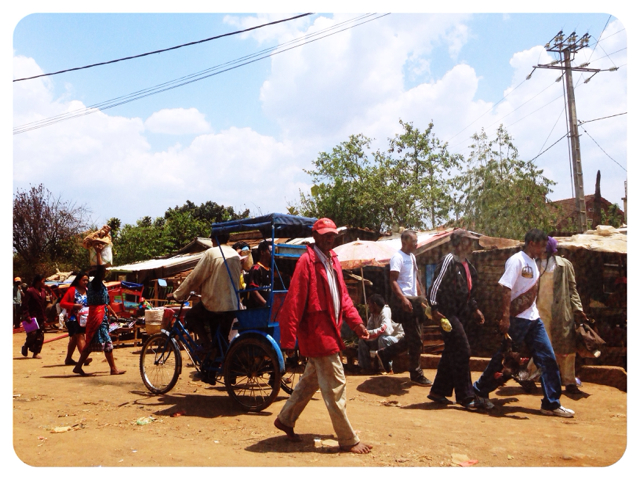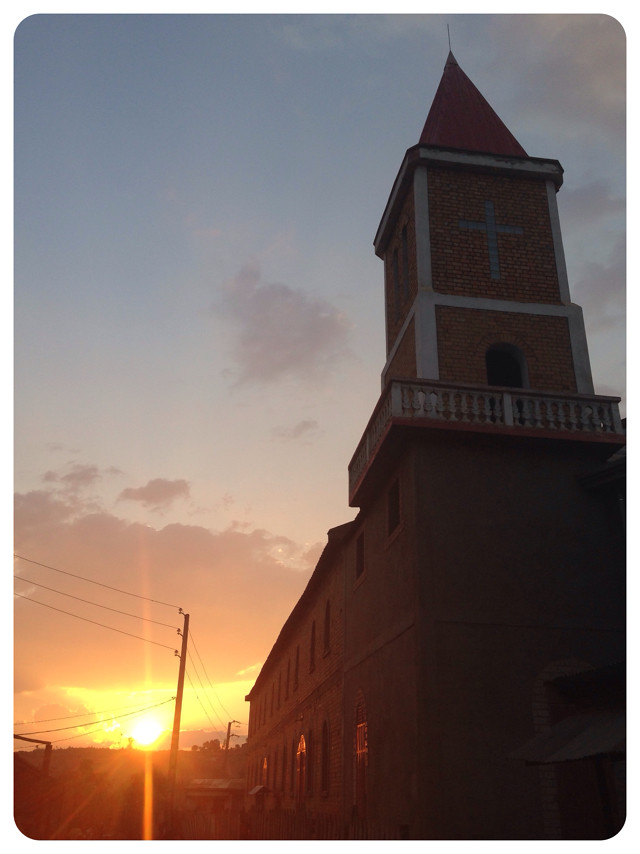
The Malagasy Lutheran Church (FLM -- Fiangonana Loterana Malagasy) is remarkably similar to the Missouri Synod (LCMS) and at the same time different. The Malagasy Lutheran Church originates in the mission work done by the Norwegian Mission Society (NMS) begun in 1866 (The Malagasy Lutheran Church is only about 20 years younger than the Missouri Synod.) The Norwegian mission work began a couple of years after Queen Ranavalona I, a great persecutor of Christians, died in 1863. Her son, King Radama II, opened the door to more mission work. The northern part of Madagascar became Protestant under the influence of the London Mission Society (LMS), while the southern part of Madagascar became predominately Lutheran. Roman Catholicism made inroads into Madagascar by the French, who eventually succeeded in colonizing Madagascar in 1895, some 253 years after the first Frenchman landed in Madagascar in 1642.

Many of the Norwegian missionaries died within two years of arriving in Madagascar due to malaria and other tropical fevers. The cemetery above is from the first Lutheran church established in Antananarivo in 1871. Buried there are Lutheran missionaries from South Africa. In many cases, the church has become risk averse focusing on relatively risk free mission endeavors, while forgetting the sacrifices that the saints and martyrs of the church made to bring the Gospel to the nations.
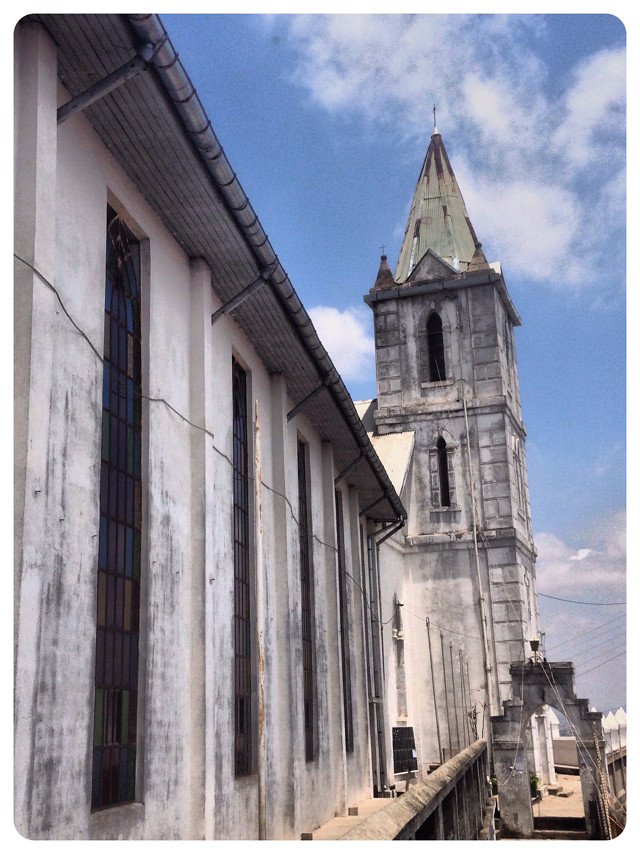
The church in Antananarivo was established near the place Queen Ranavalona I executed so many Christian. The king of Madagascar desired a Lutheran church be established so that he could keep a better eye on them -- to ensure that the Lutherans were not promoting foreign political ideas that might threaten his reign. Today this congregation ("The Rock") has at least 3,000 people in worship on Sunday. Many of the city parishes of the Malagasy Lutheran Church worship between 3,000 and 10,000 people on any given Sunday.
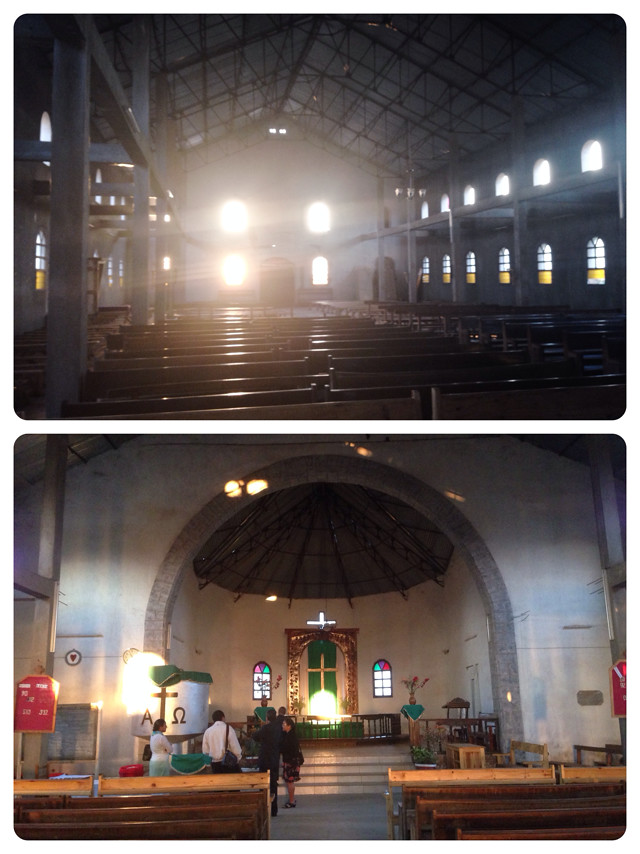
Pictured above is a new congregation built within the past couple of years in Antsirabe. The sanctuary seats about 3,000. Total worshipped number right around 9,000 on a Sunday. Attendance numbering in the thousands is virtually unheard of in America and Europe.
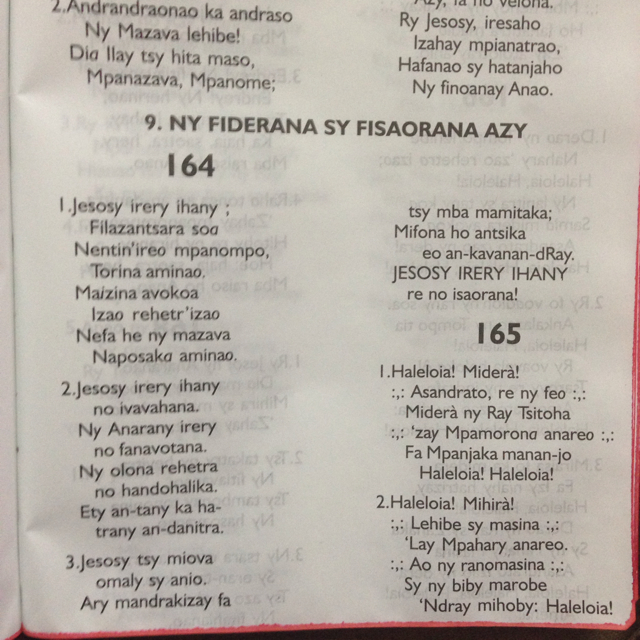
The Malagasy Lutheran Church uses a hymnal for Sunday worship. The liturgy is very similar to what is found in the
Lutheran Service Book. A good portion of their hymnody is the same as found in the Missouri Synod's hymnal -- translations of German and Scandinavian hymns. There also are a number of original Malagasy hymns that are Christ-centered. Some of their hymns are based on their unique context, for instance that a number of the Malagasy have engaged in ancestor worship:
Hymn 409
1. "O children who are gone astray, come back!" Your Father calls you; We will respond freely without any constraint. "Here we are. We confess that we are not good, and we are wounded by the enemy; Heal us because our way of living is corrupted."
2. "Oh, we have sinned and deserved to die and to be condemned forever! Our ancestors have worshiped the dead and we have followed them. O Father look at us and save us so that we may become Your children. We, who now now down our head before You."
3. "I will heal your going astray O my children! I will not also make my face sad for you." That what we want to hear in our heart is that You are our Father who comforts Your people."

The translation of the above hymn comes courtesy of Dr Robert Bennett's book
I Am Not Afraid. This book is a wealth of information about the Malagasy Lutheran Church.
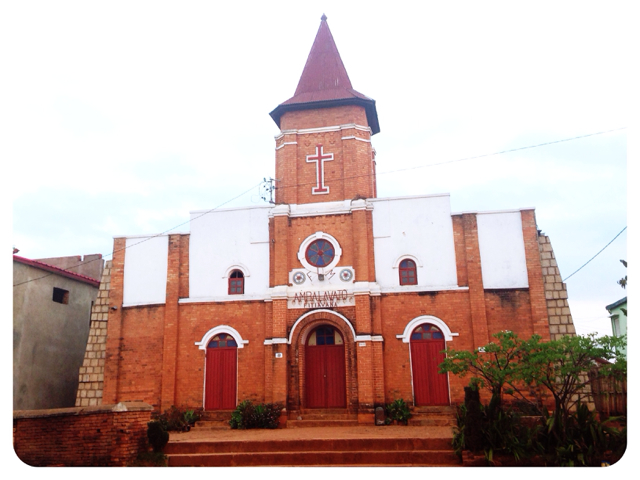
The Malagasy Lutheran Church is one of the fastest growing Lutheran Churches in the world. More than one new congregation opens each week, most of these new congregations quickly are worshipping in the thousands. Yet they use the liturgy and the hymnal. This demonstrates that the traditional liturgy and hymns can be used in a rapidly growing church and is not a deterrent to church attendance.
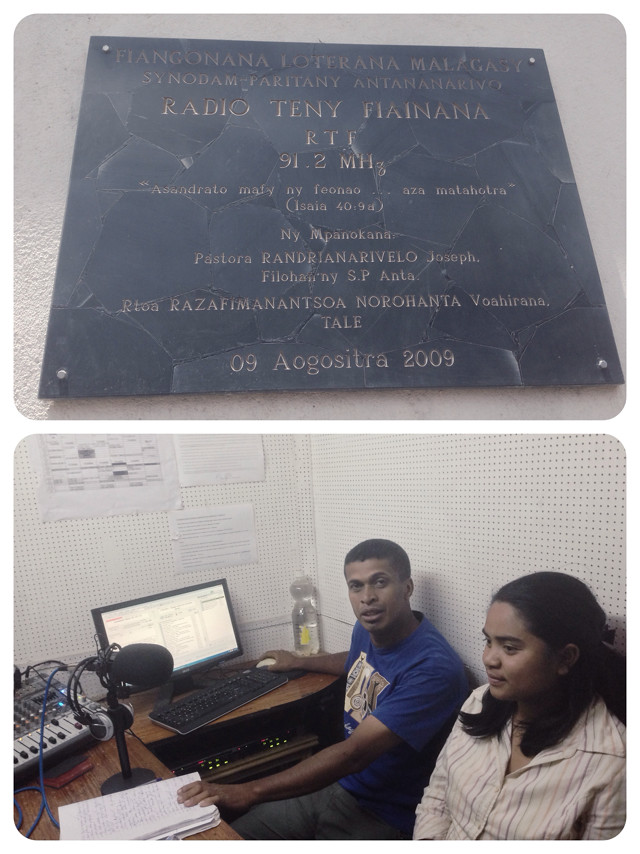
The church also has radio stations around the country. The Lutheran radio station in Antananarivo is one of the most popular in the city. They would like to partner with KFUO to exchange programs and resources.
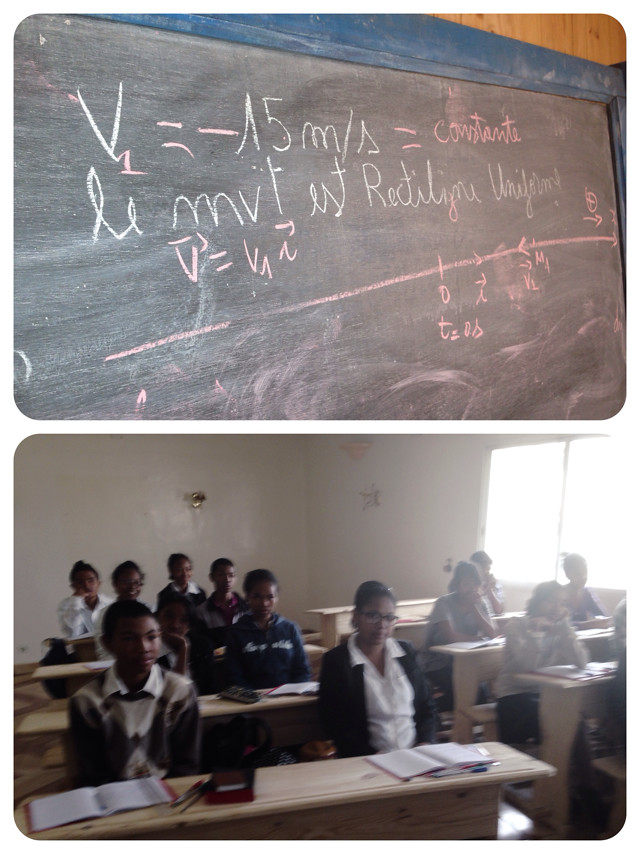
The church is working to establish Lutheran schools.

Seventeen of twenty-one Malagasy Lutheran Church bishops met with Drs. Collver and Quill to develop closer relations between their church and the Missouri Synod this past week. The Malagasy Lutheran Church desires that the Missouri Synod assist in areas such as theological education and mercy projects. The church does not ordain woman and is vociferously opposed to the sexuality decisions made by the Evangelical Lutheran Church of America (ELCA) and the Church of Sweden (CoS).
There is much that the Missouri Synod could learn from the Malagasy Lutheran Church. Some Malagasy Lutheran pastors even said they could teach the Missouri Synod how to revitalize their congregations.
As the Malagasy Lutheran Church approaches 4 million members in one of the poorest countries of the world (the average Malagasy lives on $2 a day), we see a vibrant church that faces many challenges. Both the Missouri Synod and Malagasy Lutheran Church have much to offer each other. May The Lord bless this growing relationship.
- Posted by Rev. Dr. Albert Collver on 19 October 2013 using BlogPress from my iPhone
